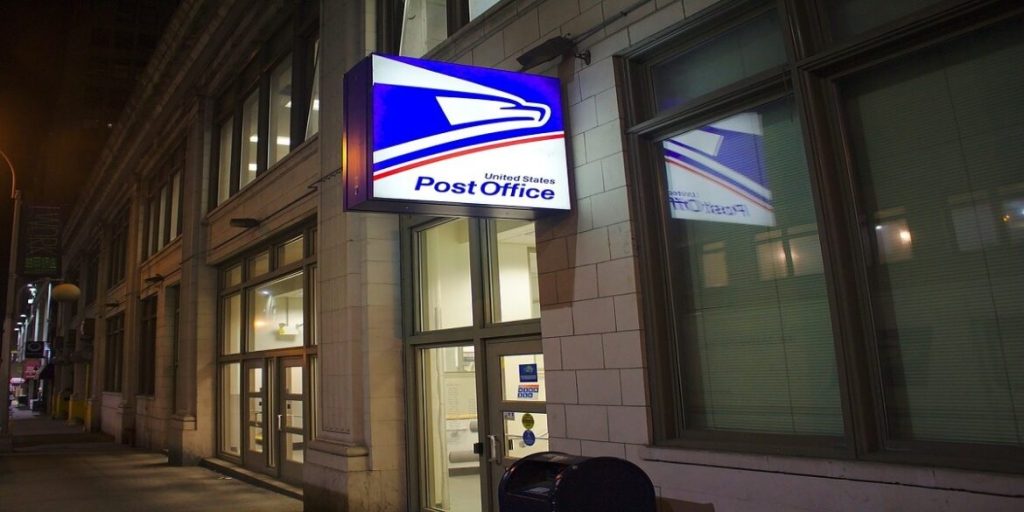The U.S. Postal Service (USPS) announced that it will not raise stamp prices in 2026, a surprising decision after a series of consecutive increases since 2023.
In a press release issued on September 24, USPS confirmed that Postmaster General David Steiner’s proposal to keep rates unchanged in January 2026 for several postal products and services had been officially approved by the USPS Board of Governors.
Stamp Prices to Remain Steady
The statement clarified that the cost of a First-Class stamp for a one-ounce letter will remain fixed at 78 cents at the start of 2026, with no planned increase.
It’s worth noting that USPS does not independently decide stamp prices. Under U.S. federal law, rate adjustments are overseen by the Postal Regulatory Commission (PRC), an independent federal agency that reviews and approves any proposed changes.
A Look Back at Stamp Price History
Stamp prices in the U.S. have gradually risen throughout history. When the modern postage system was introduced in 1863, the cost of a stamp was just 3 cents. By 2006, a stamp cost 39 cents, nearly half of today’s rate. In 2014, the price had climbed to 49 cents, representing a 29-cent increase within a single decade.
USPS Strategy Going Forward
According to the statement, USPS is committed to improving operational efficiency, service reliability, and productivity, while maintaining affordable rates for the public. It emphasized that “very few countries in the world still offer a lower price than the United States for sending a domestic letter with a single stamp.”
Postmaster General David Steiner added:“We constantly seek to balance revenue needs with the commitment to keeping postal services affordable and reflective of market conditions. That’s why we’ve decided not to implement any increase for First-Class mail or market-dominant services through mid-2026.”
What’s Next?
While this decision marks a temporary pause, price increases have not ended altogether. USPS has already informed the PRC that it plans to propose new hikes in January and July of 2026 and 2027. The regulatory filings for those changes will be submitted in October and April of the preceding year.

